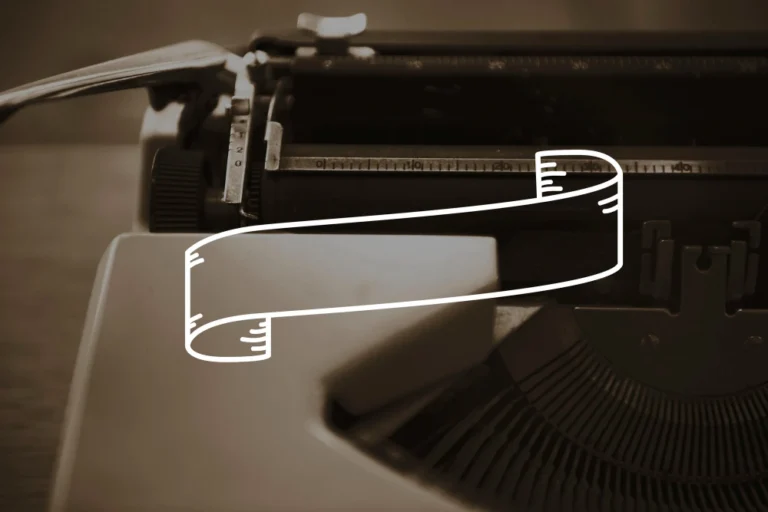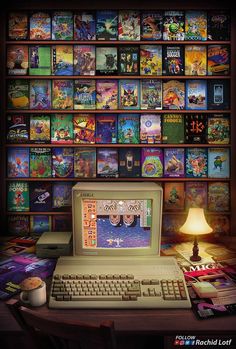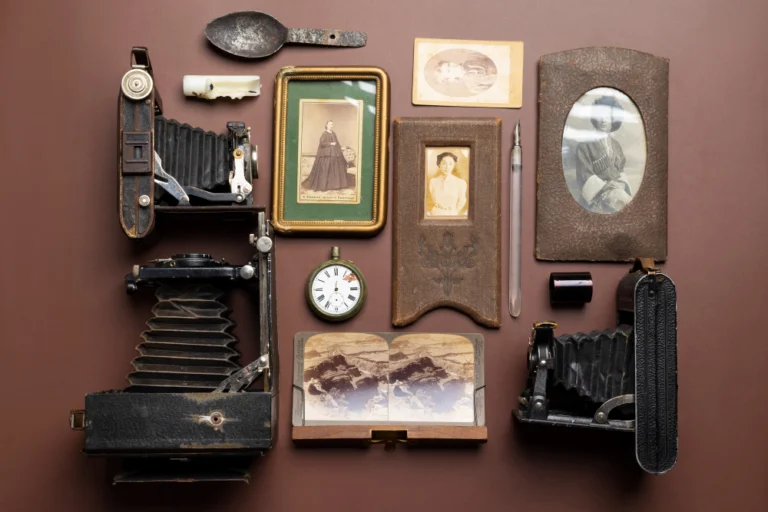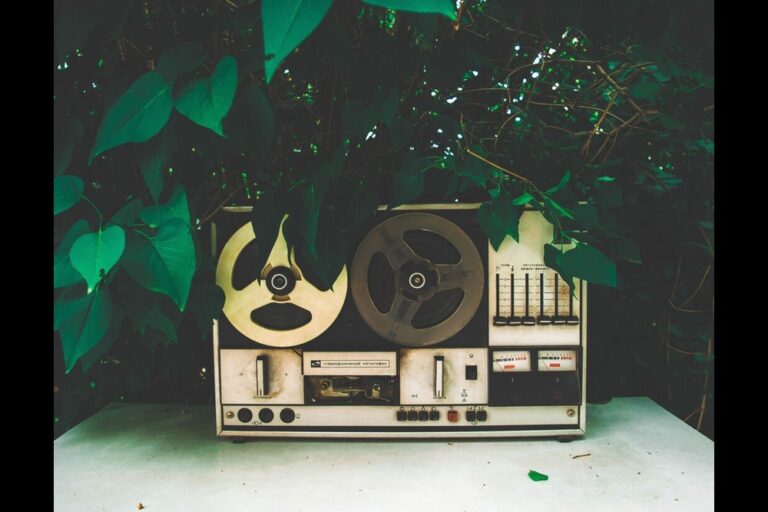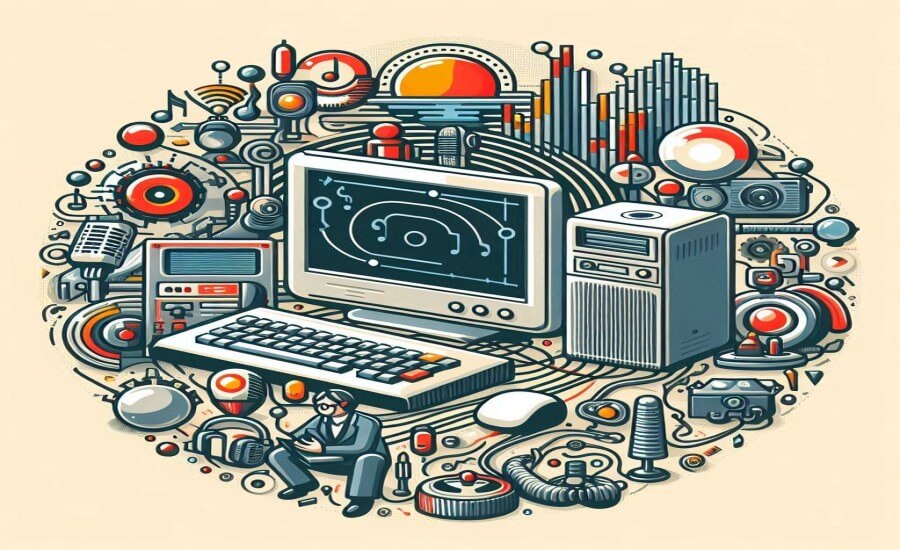
BONG. Ta-da! SEGA! That triumphant orchestral swell. A dreamy synth arpeggio. For decades, these brief bursts of audio – the startup sounds of our computers and game consoles – weren’t just functional cues; they were miniature anthems signaling our entry into digital worlds. The evolution of startup sounds reflects the journey of technology from bulky desktops to sleek modern devices.
From the simple chime confirming a successful power-on self-test to elaborate compositions crafted by famous musicians, these sounds became intrinsically linked to the technology they introduced.
In just a few seconds, a startup sound could set a mood, build brand identity, and evoke powerful nostalgia years later [Google Search]. Think of the Mac’s confident “bong,” the ethereal welcome of Windows 95, or the mysterious tones of the original PlayStation.
These weren’t accidental noises; they were carefully designed pieces of audio branding meant to make an impression [Google Search]. But where did they come from? How did they evolve? And why, in an era of increasingly silent boot-ups, do these iconic tech audio cues still resonate so strongly? Let’s tune in to the history of the startup sound.
The Dawn of the Boot Beep: Sound as Function

In the earliest days of personal computing, sound capabilities were often rudimentary. Simple beeps and tones served primarily functional purposes:
- System Confirmation: A basic beep often indicated that the computer had successfully passed its initial hardware checks (the Power-On Self-Test or POST) and was starting the boot process. No sound, or a specific pattern of beeps, could indicate a hardware failure.
- Alerts & Errors: Simple tones were used for system alerts, error messages, or confirmation prompts within the operating system or applications.
- Auditory Feedback: For users, especially in text-based interfaces, these sounds provided crucial auditory feedback confirming actions or signaling system states.
These early sounds were typically generated by basic internal PC speakers and were utilitarian rather than artistic. There was little focus on branding or emotional resonance; the primary goal was functional confirmation. The technology simply didn’t support much more complexity in most consumer machines.
The Evolution of the Chime: Branding Takes Center Stage
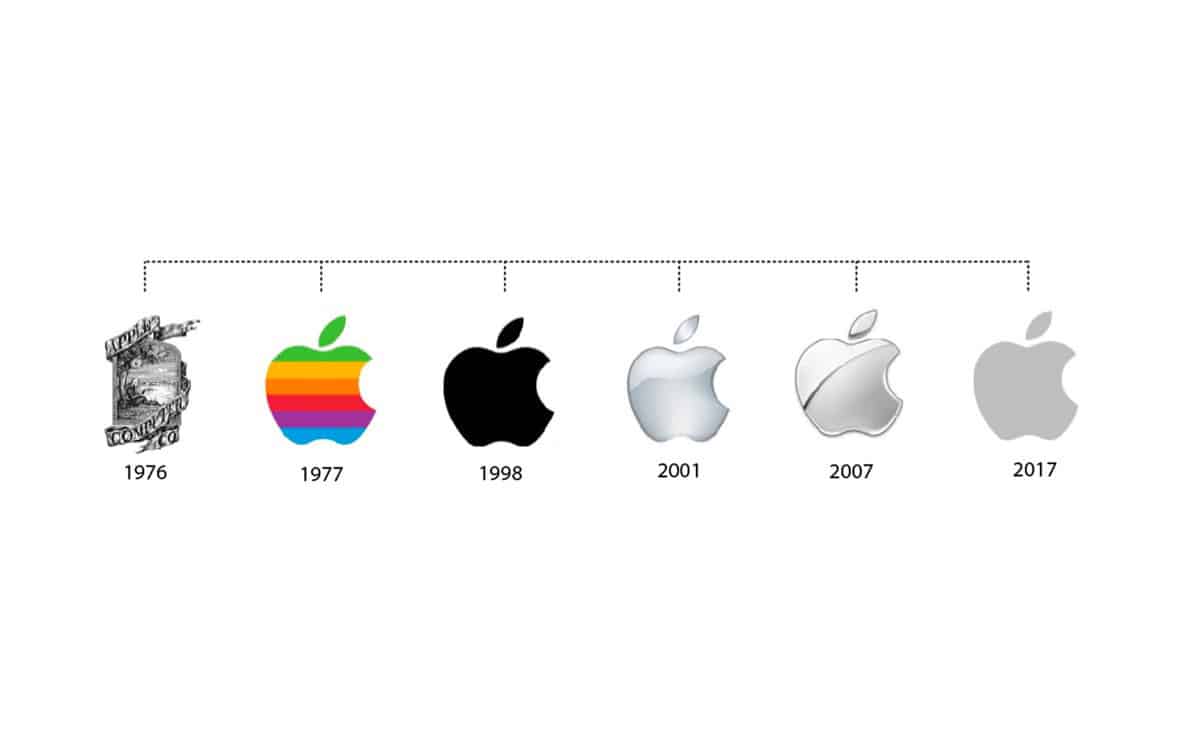
As computers became more powerful and user interfaces more graphical in the late 80s and 90s, companies began to see the potential of using sound for more than just basic feedback. The startup sequence became a branding opportunity.
- The Macintosh Chime (Late 80s onwards): Apple was a pioneer in using a more melodic startup sound. While early Macs had simple beeps, later models introduced iconic chords.
- The Story: Software architect Jim Reekes, reportedly disliking the jarring tritone used on some models, created the famous C Major chord sound for the Macintosh Quadra series in the early 90s. He was inspired by the final chord of The Beatles’ “A Day in the Life”. Legend has it, he snuck the sound into the boot ROM late in development, making it difficult for initially resistant engineers to change. Variations of this chime became a hallmark of Macs for decades, signifying a successful boot and the brand’s identity. Different models sometimes had slight variations or different chords (like the G Major on the Centris).
- Windows 3.1 “TADA.WAV” (1992): While perhaps less compositionally complex than the Mac chime, the cheerful, four-note “Ta-Da!” sound of Windows 3.1 became instantly recognizable. It often played not just at startup but also for other system events, embodying the excitement many felt booting up their first graphical Windows PC.
- Windows 95 “The Microsoft Sound” (1995): A landmark in startup sound design (covered in Topic 6). Microsoft commissioned ambient music pioneer Brian Eno with a complex brief: create a sound under 4 seconds that was “inspiring, universal, optimistic, futuristic, sentimental, emotional…”. Eno produced 84 options, and Microsoft chose the ethereal, six-second piece that became globally iconic, moving far beyond a simple chime into a miniature ambient composition.
- Game Console Intros: As home video game consoles grew more sophisticated, they also developed unique startup sequences with signature sounds:
- Sega Scream (“SEGA!”): Instantly recognizable to anyone who owned a Genesis/Mega Drive in the early 90s. Interestingly, this sound reportedly originated not as a boot sound, but from a 1992 TV commercial jingle [Google Search]. Its jarring energy perfectly matched Sega’s edgy marketing of the era.
- PlayStation 1 (1994): Composer Takafumi Fujisawa created the iconic PS1 boot sequence sound [Google Search]. He aimed for a feeling of excitement, like entering a cinema, starting quietly and building with orchestral and “ethnic” tones [Google Search]. The sequence also served a diagnostic purpose: the final “swooshing” sound would loop if the disc couldn’t be read [Google Search].
- Sega Dreamcast (1998): Composed by the renowned Ryuichi Sakamoto, the Dreamcast startup featured dreamy synth chords and water-drop sounds accompanying the logo animation, creating a futuristic and sophisticated feel [Google Search]. PAL consoles used a blue swirl and slightly different audio due to trademark issues with the red swirl in Europe [Google Search].
- Nintendo GameCube (2001): A playful, xylophone-like jingle accompanied the animated cube logo [Google Search]. An Easter egg, discovered widely only decades later, revealed that holding the Z button on a controller during startup would trigger an alternate sound featuring squeaks and a baby’s laugh.
This era saw the startup sound evolve from a functional beep into a deliberate element of branding, user experience, and even artistic expression.
“Technical” Specs: Startup Sounds Across Platforms
Let’s compare the characteristics of some iconic startup sounds:
| Sound / Platform | Era | Approx. Length | Complexity | Perceived Mood/Style | Composer/Origin | Primary Purpose |
| Mac Chime (Quadra) | Early 90s | ~2-3 sec | Chord (C Major) | Confident, Uplifting, Bright | Jim Reekes | System Check, Branding |
| Windows 3.1 TADA.WAV | Early 90s | ~1 sec | Simple Fanfare | Cheerful, Alert-like | Unknown (Microsoft) | Event Notification |
| Windows 95 | Mid 90s | ~6 sec | Ambient Comp. | Ethereal, Optimistic, Calm | Brian Eno | Branding, Welcome |
| Sega Scream (Genesis) | Early 90s | ~1-2 sec | Vocal Shout | Energetic, Edgy, Loud | Marketing Jingle | Branding (Aggressive) |
| PlayStation 1 | Mid 90s | ~9 sec | Orchestral/Synth | Mysterious, Cinematic, Epic | Takafumi Fujisawa | Branding, System Check |
| Windows XP | Early 00s | ~5-6 sec | Orchestral | Uplifting, Grand, Welcoming | Bill Brown | Branding, Welcome |
| GameCube | Early 00s | ~4 sec | Jingle (Xylophone) | Playful, Whimsical, Cute | Toru Minegishi (Sound Dir.) | Branding, Welcome |
| Windows 10/11 | 2015s+ | ~4 sec (Off by Default) | Minimal Chord | Subtle, Modern, Unobtrusive | Microsoft Design | System Ready (Optional) |
Export to Sheets
The evolution shows a move from basic hardware checks to sophisticated audio branding exercises, reflecting the increasing power of hardware, the growing importance of user experience, and the desire of companies to create strong emotional connections with their users from the moment they turn on their devices. The later trend towards minimalism or disabling the sound by default reflects faster boot times and perhaps a desire for less interruption.
Cultural Impact: The Sounds That Defined Devices
These brief sounds often punched far above their weight in terms of cultural impact and memorability.
- Instant Recognition & Branding: Sounds like the Mac chime, the Windows 95 swoosh, the Sega scream, or the PS1 sequence became powerful audio logos, instantly identifying the brand even without visuals. Hearing one could immediately evoke the entire associated experience.
- Nostalgia Triggers: For those who grew up with these devices, the startup sounds are potent nostalgia triggers, instantly transporting them back to hours spent gaming, working, or exploring the early internet. Hearing the PS1 boot sound can evoke memories of specific games loading, just as the Windows 95 sound recalls waiting for the desktop to appear.
- Setting the Tone: The style of the sound helped define the perceived personality of the device. The Mac chime felt sophisticated and creative. The Sega scream felt rebellious and cool. The Windows XP sound felt grand and inviting. The PS1 sound felt futuristic and immersive.
- Confirmation and Reliability: In an era where computers and consoles could be less reliable, the familiar startup sound provided comforting assurance that the machine was working correctly. The absence of the sound, or a different error tone, immediately signaled a problem.
- Use in Media & Parody: Iconic startup sounds have been widely referenced, parodied, and remixed in music, videos, and internet culture, cementing their place in the collective consciousness.
These sounds weren’t just background noise; they were integral parts of the user experience, contributing significantly to the identity and cultural footprint of the technologies they represented.
Collector’s Corner: Owning the Chimes and Beeps

While the sounds themselves are digital, collecting the hardware that produces these iconic audio cues is a popular pursuit for retro tech enthusiasts.
- Vintage Computers: Collecting specific models of Macintosh known for their chimes (like Quadras or early iMacs) or PCs capable of running older Windows versions (3.1, 95, XP) allows one to experience the original startup sounds authentically.
- Retro Game Consoles: Owning original Sega Genesis/Mega Drive, PlayStation 1, Sega Dreamcast, or Nintendo GameCube consoles is the primary way to hear their unique startup sequences as intended. Condition, completeness (original controllers, cables, boxes), and specific revisions can affect value.
- Sound Card Collecting: For PC sounds, vintage sound cards (like Sound Blaster models) were crucial for audio playback in the DOS and early Windows eras and are collectible items in their own right.
- Software & Media: Original OS installation disks (Windows 95/XP CDs) or game discs (PS1, Dreamcast, GameCube) are necessary to fully utilize the collected hardware and trigger the startup sounds.
- Audio Files & Archives: While not physical collecting, websites and communities dedicated to preserving retro computing often archive high-quality recordings of these startup sounds for nostalgic listening or use in projects (respecting copyright, of course).
Hearing that familiar chime or jingle emanate from the original hardware provides a unique and satisfying connection to computing and gaming history.
Why We Miss the Boot-Up Fanfare
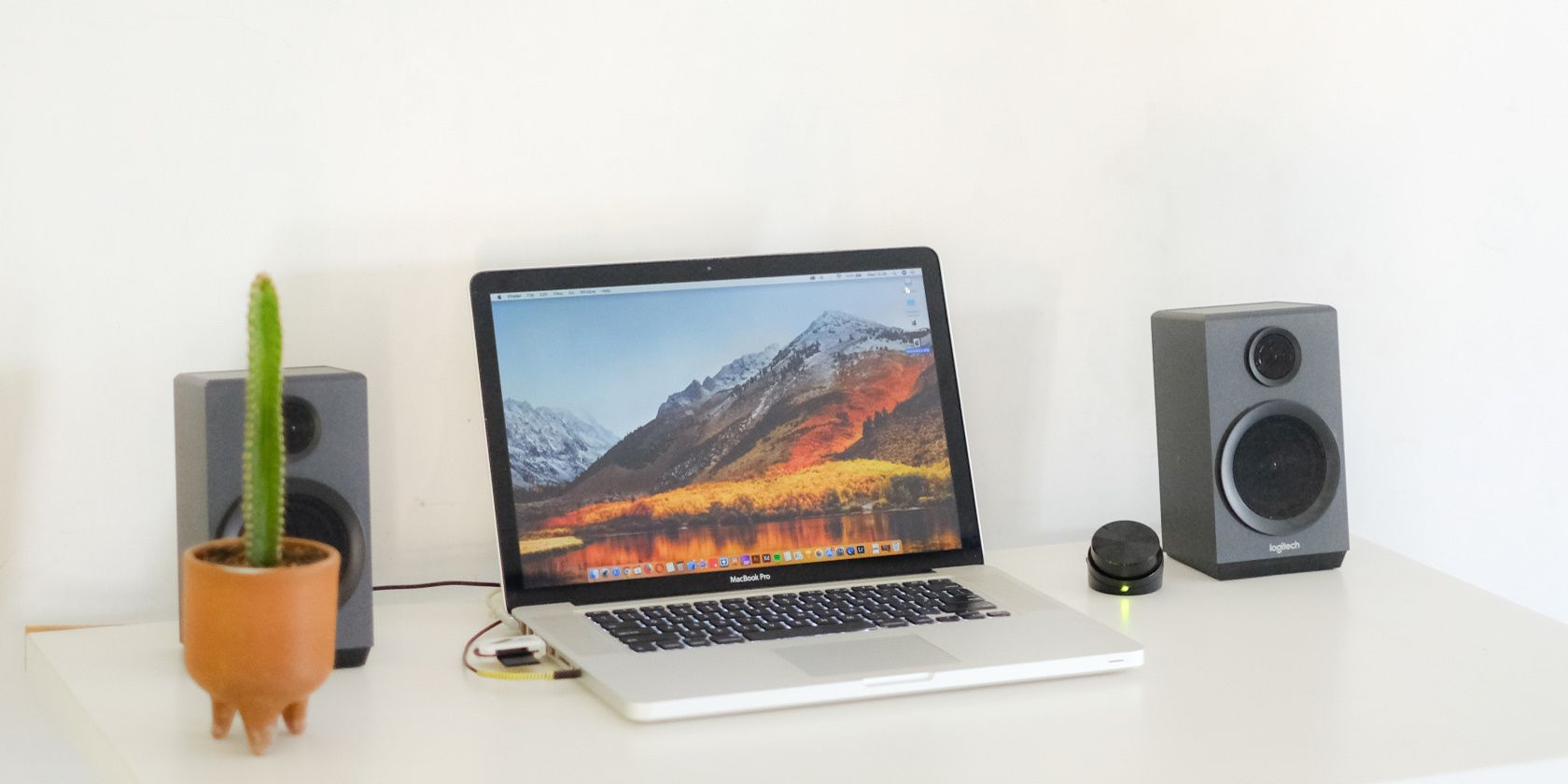
Modern computers and consoles often boot up much faster and more silently than their predecessors. Windows 10 and 11, for instance, disable the startup sound by default. Why might we feel a twinge of nostalgia for those sometimes lengthy, often loud, boot-up sequences?
- Sense of Occasion: The startup sound marked a clear beginning, a transition from off to on. It felt like the machine was waking up and announcing its readiness. Today’s instant-on or silent boot feels efficient but less ceremonious.
- Auditory Confirmation: As mentioned, the sound provided clear, unambiguous confirmation that the device had passed its initial checks and was booting normally. It was reassuring.
- Device Personality: These sounds gave devices character. The distinct chime of a Mac felt different from the orchestral swell of Windows XP. It added an element of personality often lacking in today’s sleek but sometimes sonically bland hardware.
- Iconic Branding: Startup sounds were powerful, concise audio brands. In a world saturated with visual logos, these unique sonic signatures stood out and created lasting associations.
- Simpler Times: Perhaps the sounds remind us of a time when technology felt a bit more distinct, less homogenized, and the act of turning on a computer or console held a greater sense of novelty and anticipation.
While few miss waiting minutes for an OS to load, many miss the distinct sonic identities and the sense of confirmation that came with those iconic startup sounds.
The Sound of Progress: From Beeps to Silence and Beyond

The evolution of startup sounds mirrors the broader evolution of computing itself. From the functional necessity of simple beeps on early machines, through the rise of audio branding and complex compositions on multimedia PCs and consoles, to the current trend of speed, minimalism, and often silence, these sounds reflect changing technological capabilities, design philosophies, and user expectations.
The iconic chimes, fanfares, and jingles of the 80s, 90s, and 2000s remain powerful nostalgic artifacts, reminding us of the personality and sense of occasion once associated with powering up our digital companions.
While the future may bring new forms of auditory feedback – perhaps personalized AI greetings or subtle ambient cues – the legacy of the classic startup sound lies in its ability to forge a strong, memorable, and often emotional connection between user and machine in just a few short, iconic seconds. They were the welcome mats to our digital worlds.
